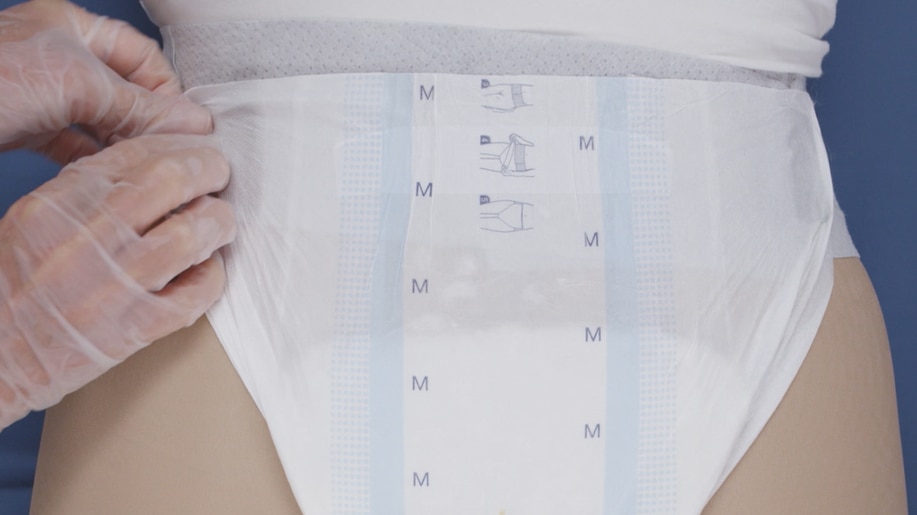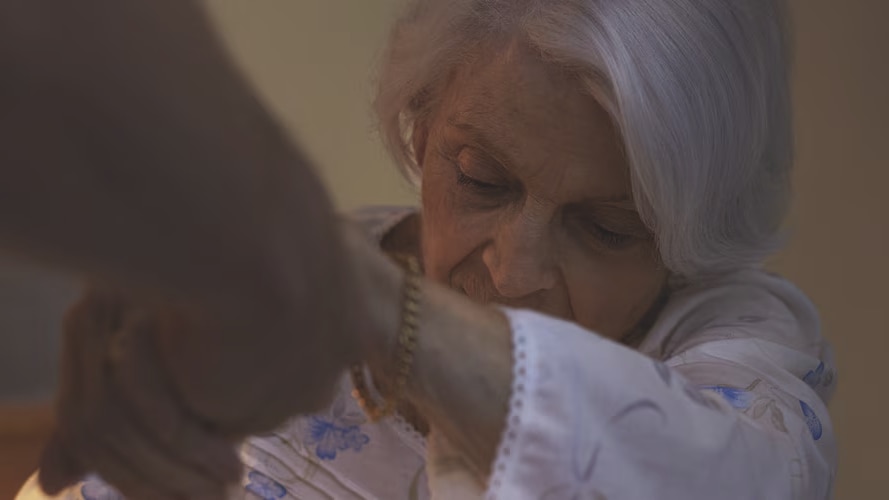Not being able to empty the bladder completely also increases the risk of a UTI as bacteria can grow in the residual urine. Some causes for residual urine are constipation, obstruction caused by an enlarged prostate or a prolapse, spinal cord injury and nerve damage which interferes with the normal function of the urinary tract. Also, as we get older, the bladder muscle may weaken. This makes it difficult to completely empty the bladder, causing some urine to remain after urination.
Urinary tract infections and incontinence
What is a urinary tract infection?
UTIs occur when harmful microbes make their way into the lower or upper urinary tract. Lower UTIs, which occur in the urethra and bladder, are most common. These are also called cystitis. In most cases, the bacteria that invade the lower urinary tract come from our own bodies. E. Coli, which normally lives in the intestine, is the most common and can infect the urinary tract when the urethra is exposed to bacteria from faeces.
Highly virulent bacteria that are left untreated can spread up through the ureters to one, or both kidneys, and cause an upper UTI. Symptoms of this could be back pain, nausea and fever. If it is left untreated it can potentially damage the kidneys, or even cause kidney failure. In some cases, the kidney infection can spread to the blood stream, causing urosepsis, which requires immediate intensive care. If an upper or lower UTI has been diagnosed and treatment is needed, the doctor will decide which antibiotic and dosage to prescribe.
Asymptomatic Bacteriuria, also referred to as "friendly" bacteria, in the urinary tract, is a harmless condition that should not be treated with antibiotics. These bacteria will show no symptoms except for smelly urine in some people.
Recognising the symptoms of UTI
With UTIs, some symptoms are common, but others are not so easy to spot. For fast diagnosis and treatment, it is important for caregivers to recognize the earliest signs of a UTI. This is particularly important among elderly people – especially those with dementia – as well as those with low immune response and diabetes.

Common symptoms of UTI
- Painful or burning sensation when urinating
- Frequent urination or constant urge to urinate
- Sudden urinary incontinence
- Only urinating small amounts
- Traces of blood in urine
- Dark, cloudy or strong-smelling urine
- Cold – but not usually with a fever

Vague symptoms of UTI
- Feeling weak in general
- Confusion
- Nausea
- Dizziness
- Sudden incontinence or increased incontinence
Good hygiene can prevent UTIs
As well as recognising the symptoms of UTIs, it also essential to know how to prevent and treat them. UTIs can be prevented by following effective hygiene routines and guidelines. This is because healthy skin is more resistant to infection. So, it is essential to keep the genital area clean and healthy to maintain or improve the skin’s ability to protect itself against infections.
For example: always wipe from front to back after using the toilet – soiled incontinence products should also be removed from front to back. If skin is fragile, avoid harsh soap and use TENA wash cream to clean and TENA barrier cream for protection. To avoid bacteria growth, always ensure skin is dry after cleaning and changes. Drinking enough fluids and staying hydrated can also help prevent UTIs.
How to relieve symptoms of UTIs
There are also things you can do to relieve the symptom of UTIs. For example: drinking large amounts of fluid helps flush bacteria from the bladder. Non-Steroidal Anti-Inflammatory Drugs (NSAID*) can ease symptoms of a UTI like pain, fever and inflammation while placing a heating on the lower back or stomach might relieve the pain.





